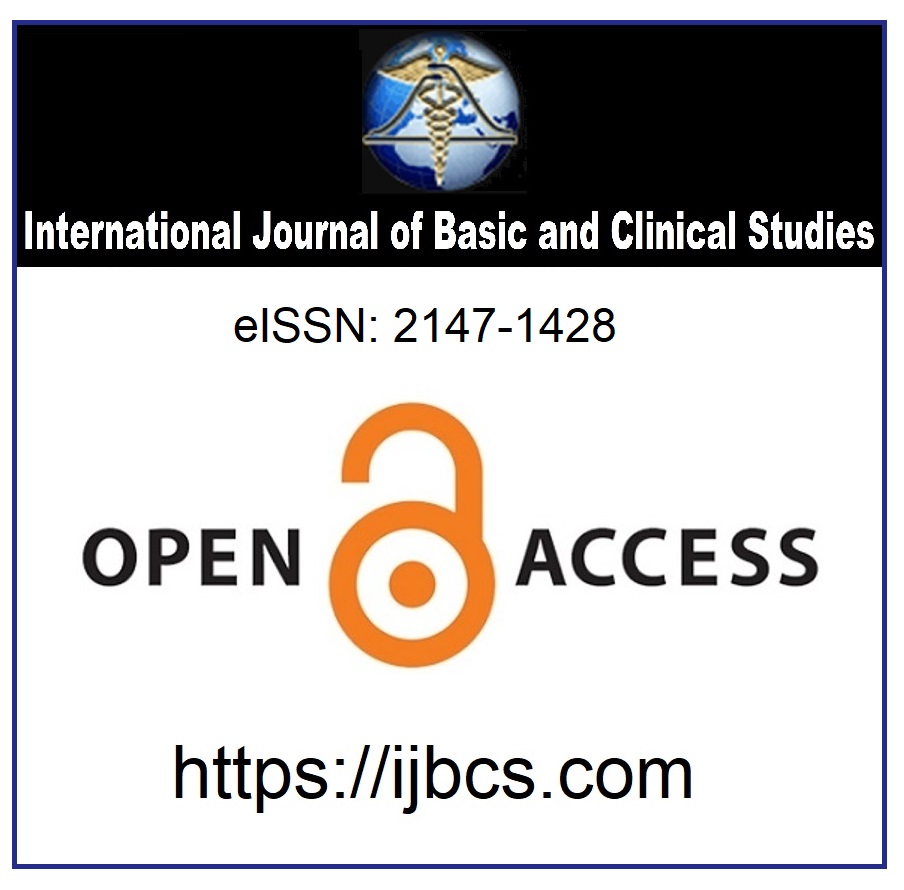Investigation of symptoms severity, symptoms clustering and status of interference in the life of patients with primary brain tumors
Keywords:
Nursing, Primary Brain Tumors, Symptom Severity, Symptom Clusters, MDA-BTSE-TrAbstract
Aim: The objective of this research is to determine the symptom severity of the patients with primary brain tumors, their symptom clusters as well as interference levels in their lives.
Methods: It is a descriptive study. Its sample consists of 114 patients with primary brain tumors. In the research, the approval was taken from the ethics committee and written permission was taken from the inventory owner as well as the institution and patients. Data were collected through MD Anderson Symptom Inventory-Brain Tumor Turkish Form (MDASI-BT Tr). Items of the inventory are evaluated between 0 and 10 in the form of a likert-type scale. Data were analysed via mean values, number, percentage and cluster analysis.
Results: The most severe symptoms of patients are sadness (4.86±3.48), distress (upset) (3.55±3.58), irritability (3.38±3.62). Symptoms mostly affect the mood (5.27±3.39), work (4.79±3.48) and general activity (4.51± 3.49). Symptoms constituted five clusters (gastrointestinal, affective and treatment-related, generalized, focal neurologic, cognitive symptoms) in patients with primary brain tumor.
Conclusion: Symptom severity and interference level of primary brain tumor patients are mild and moderate. This result can be explained by the fact that patients with severe neurologic symptoms were not included in the sample as well as by the effect of medication. Thus, nurses should develop new forms in order to evaluate the patients who cannot express their symptoms. Especially when a symptom included in one of the clusters was detected in the care activities, nurses should launch interventions to prevent the others.
Downloads
Published
How to Cite
Issue
Section
License
Copyright (c) 2014 By the Authors.

This work is licensed under a Creative Commons Attribution 4.0 International License.



